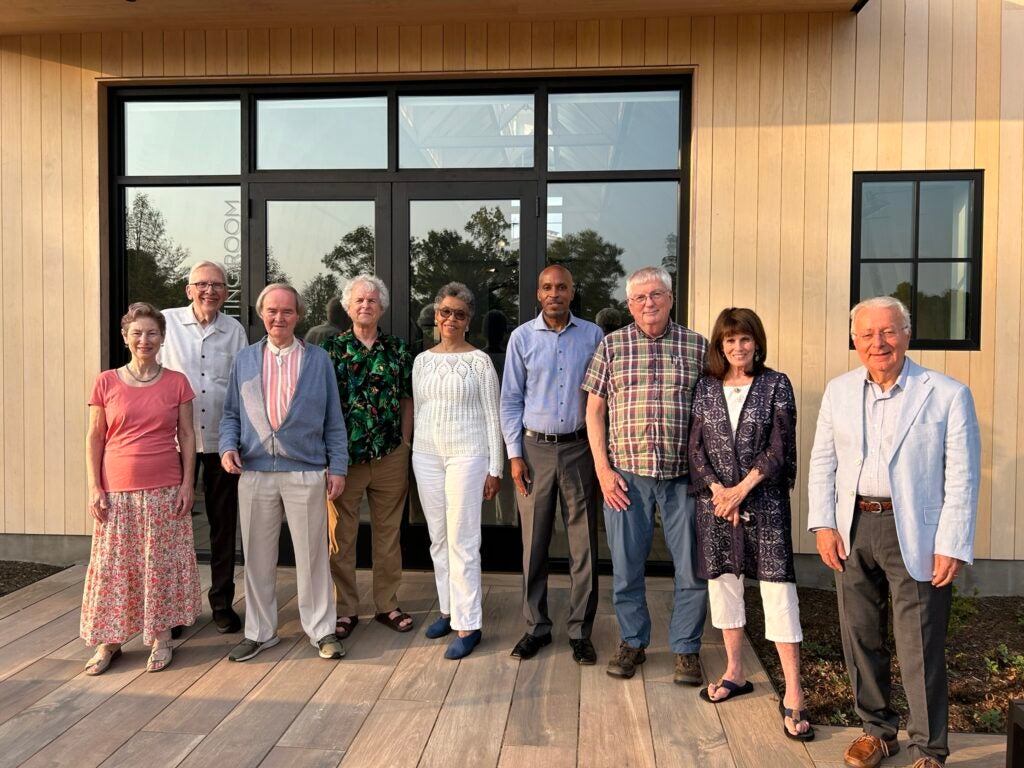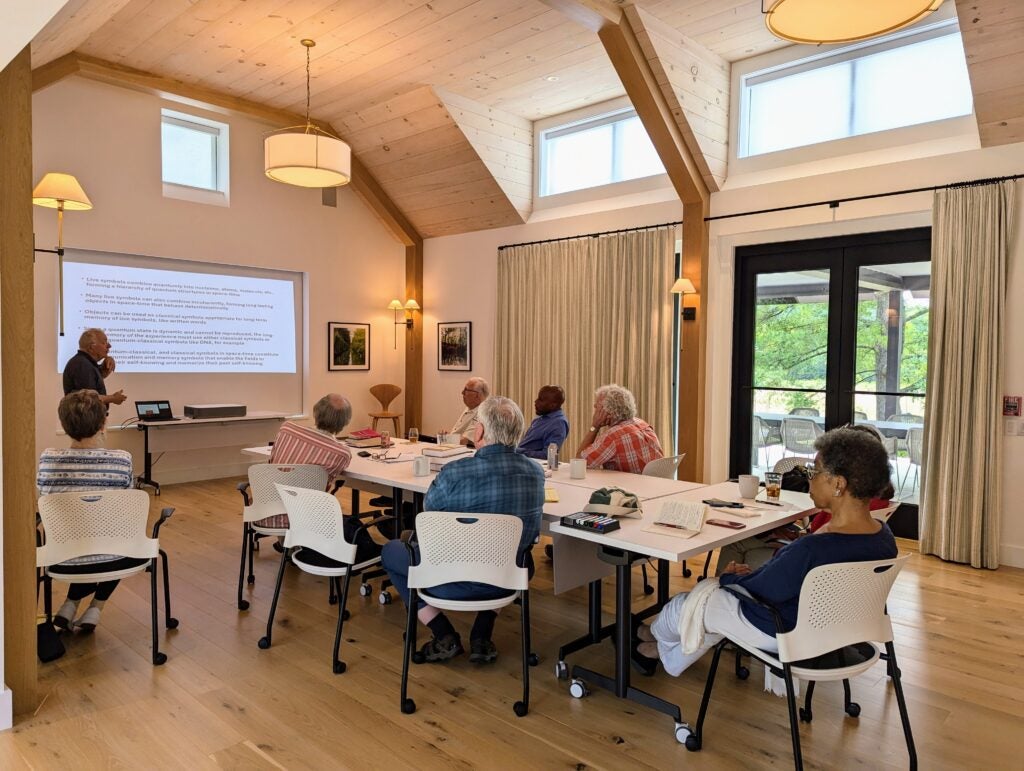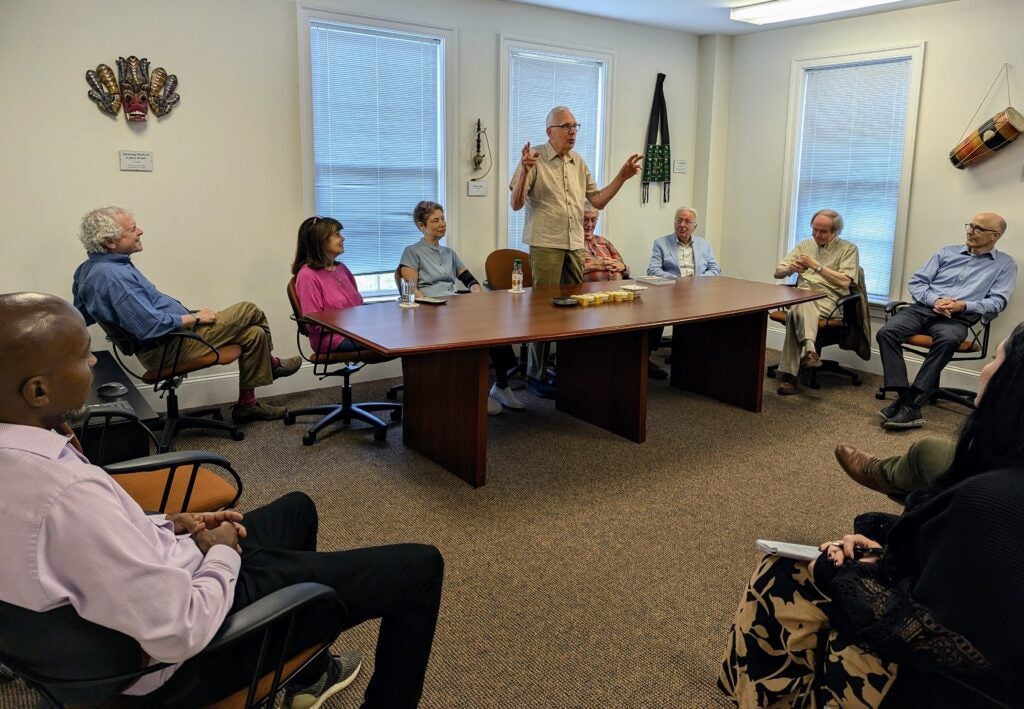Nothing would do more for acceptance of the phenomena we study at DOPS than development of a scientifically and philosophically plausible theory, one including a clear demonstration that the phenomena are not incompatible—as alleged by many critics—with modern developments in the foundations of physics.
Considerable progress in that direction has already been achieved through the decades-long theory project led by Ed (and supported by Esalen Institute’s Center for Theory and Research) which produced: Irreducible Mind (2007), Beyond Physicalism (2015), and Consciousness Unbound (2021).
The evidence and arguments advanced in those books support a “permission” or “filter” psychological model of the brain-mind relationship (in contrast with the current mainstream “production” model), and an associated science-based metaphysics or worldview amounting to a realist idealism—essentially the opposite of the materialism or “physicalism” (based on the classical physics of the late 19th century) that currently dominates most mainstream science and the culture at large.

left to right: Ruth Kastner, Timothy Eastman, Bernard Carr, Bob Rosenberg, Carolyn Brown, Michael Brown, Edward Kelly, Emily Kelly, Federico Faggin
At the end of July DOPS hosted an intense 3-day meeting organized by Ed and centered on presentations by four carefully chosen physicists and philosophers of physics who take the reality of our phenomena seriously (Federico Faggin, Bernard Carr, Timothy Eastman, and Ruth Kastner).

As reported to the DOPS community following the meeting (Theory Meeting summary), the main result was that it became clear in principle that we can fill the current gap between the emerging foundations of modern physics and the views resulting from the Esalen project.

Funds are now being sought to support a follow-up meeting involving about twice as many participants (some from additional disciplines such as biology and philosophy of science) and twice as much time. It is expected that this follow-up meeting will result in a position paper crafted for more widespread public distribution, and that it will also help identify potential contributions to a projected book four.
Watch Now: Theory Meeting summary at DOPS
